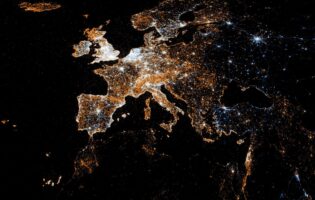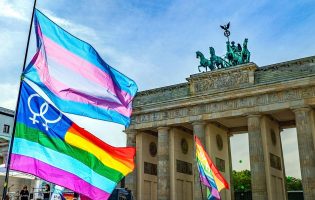The Myth of a Mighty Germany

Parke Nicholson
Parke Nicholson was previously the Senior Research Associate at AICGS. He was selected to participate in the Munich Young Leaders 2016 program at the 52nd Munich Security Conference. Previously, he worked at the Center for the National Interest and the Council on Foreign Relations. In 2008, he served on the foreign policy staff at Hillary Clinton’s presidential campaign headquarters. He has also worked abroad in Austria and Germany: in 2005 through the Fulbright Program in Klagenfurt and in 2010-2011 as a Robert Bosch Foundation Fellow working in the German Foreign Office for the Coordinator of Transatlantic Cooperation and for Daimler AG’s Political Intelligence unit in Stuttgart.
Parke has recently published in Foreign Affairs, The National Interest, The Baltimore Sun, and the Frankfurter Allgemeine Zeitung. He received his MA in International Relations from The Elliott School of International Affairs at The George Washington University and a BA in History and Violin Performance at The College of Wooster in Ohio.
This June, the G-7 will meet in an opulent castle near Germany’s highest mountain, the Zugspitze. It was initially built, according to the host’s website, for an “egocentric zealot” who sought to convert Jews to Christianity. Schloss Elmau has since become a spa and cultural center, but the lofty location seems somehow like an appropriate reflection of the inflated discussion in recent years about Germany’s role in the world.
Many observers have rushed to proclaim Germany’s rise to prominence. U.S. academic Walter Russell Mead recently ranked Germany as the second most powerful member of the G-7. A survey by the British magazine Monocle determined that Germany’s “soft power” rivals that of the United States. Most recently, Germany’s own renewable energy transition has prompted columnist Tom Friedman to praise the country as the world’s first “green superpower.” Continue reading here.
This article was originally published by Foreign Affairs on June 1, 2015.








